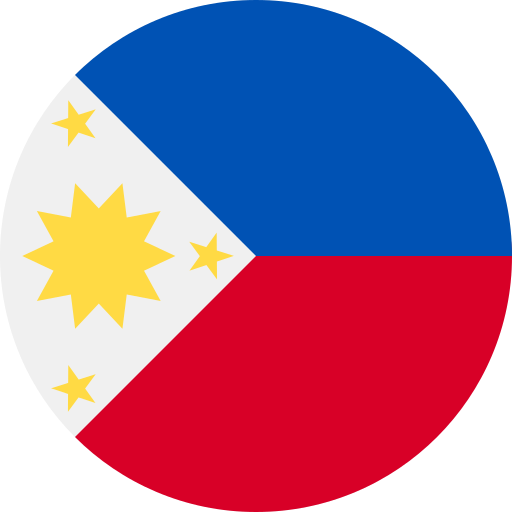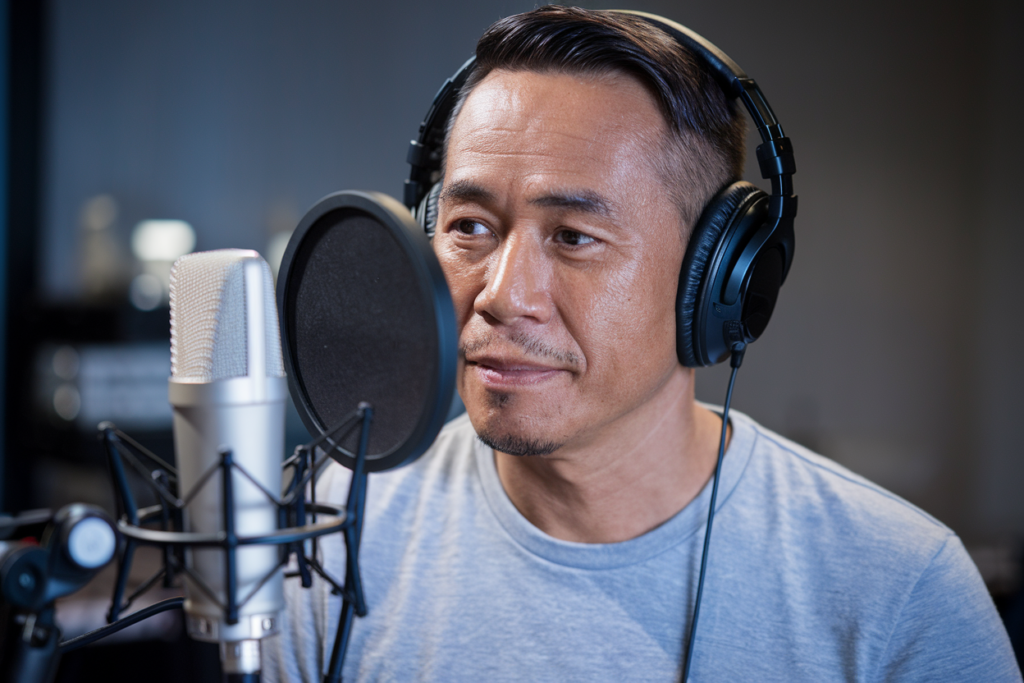Filipino voice overs play a critical role in the global voiceover industry, bringing authenticity and cultural relevance to projects targeting Filipino audiences or reflecting Filipino culture. Whether for commercials, e-learning, video games, or corporate presentations, Filipino voice over services provide the nuanced linguistic and emotional depth needed for effective communication.
What Are Filipino Voice Overs?
Filipino voice overs involve the use of professional voice talents proficient in the Filipino language (Tagalog) and its various dialects. These voice overs are designed to resonate with native speakers while maintaining clarity and cultural sensitivity. Filipino voice talents are highly sought after for their ability to provide diverse accents, dialects, and emotional tones, ensuring an accurate representation of the intended message.
Common Applications of Filipino Voice Overs:
- Advertising Campaigns: Radio, TV, and digital advertisements.
- E-Learning: Training modules, tutorials, and educational materials.
- Film and Animation: Dubbing and character voice work.
- Corporate Media: Presentations, explainer videos, and announcements.
- Gaming: Video game narration and character voices.
Language in Filipino Voice Over Services
The Filipino language, or Tagalog, is one of the two official languages of the Philippines. For voiceovers, understanding the linguistic characteristics of Filipino is crucial for delivering natural and engaging content.
Key Features of the Filipino Language:
- Mix of Native and Borrowed Words: Filipino integrates native Austronesian words with heavy influences from Spanish, English, and Chinese.
- Tonality and Rhythm: The melodic and syllabic nature of Filipino makes it ideal for expressive and engaging voiceovers.
- Bilingual Fluency: Many Filipinos are fluent in both Filipino and English, allowing for seamless code-switching when required.
When to Use Filipino vs. English in Voice Overs
- Use Filipino for cultural authenticity or to connect with a predominantly Filipino-speaking audience.
- Use English for international reach or to appeal to bilingual audiences.
Accent and Dialects in Filipino Voice Overs
The Philippines is home to over 170 languages, each with its unique dialects and accents. Understanding these variations is essential when creating targeted voiceover content.
Common Dialects in Filipino Voice Overs
- Tagalog (Standard Filipino): The foundation of the national language.
- Cebuano: Widely spoken in Visayas and Mindanao regions.
- Hiligaynon (Ilonggo): Used in Western Visayas.
- Ilocano: Predominantly spoken in northern Luzon.
Regional Accents in Filipino Voice Overs
- Manila Accent: Neutral and widely understood, suitable for national campaigns.
- Bisaya Accent: Adds authenticity for content aimed at Visayas and Mindanao audiences.
- Ilocano Accent: Preferred for northern Luzon markets.
Matching Accents and Dialects to Target Audiences
For effective communication, matching the voice talent’s accent or dialect to the target region or audience is critical. For example, a Bisaya accent might resonate better with audiences in Cebu and Davao, while a Tagalog-based voiceover works well for nationwide audiences.
Finding the Right Filipino Voice Talent
When selecting a Filipino voice talent, consider the following:
- Experience in Voice Acting: Look for professionals with experience in the specific medium (e.g., commercials, narration, character work).
- Linguistic Fluency: Ensure fluency in the required language or dialect.
- Cultural Sensitivity: The voice talent should have a deep understanding of Filipino culture and traditions to deliver authentic performances.
- Accent Adaptability: Choose talents capable of adjusting their accents or dialects to suit your project’s needs.
Filipino voice overs are indispensable for engaging Filipino-speaking audiences. By leveraging the linguistic richness and cultural depth of Filipino language, accents, and dialects, you can craft compelling voiceover projects that resonate deeply with listeners.







